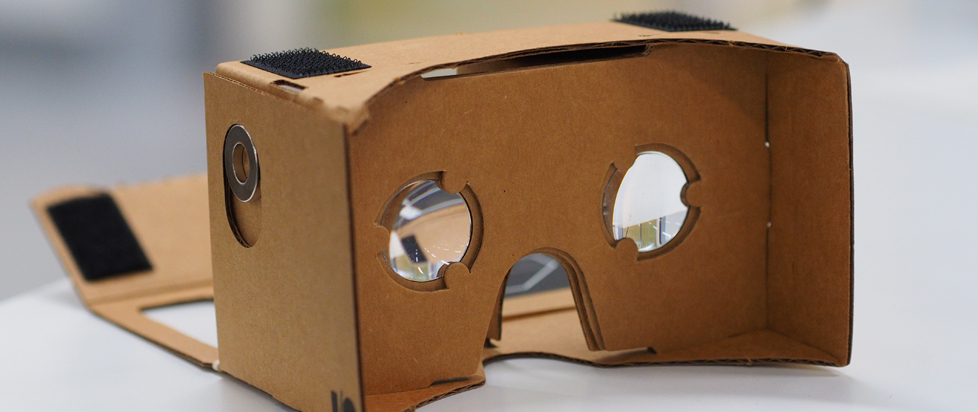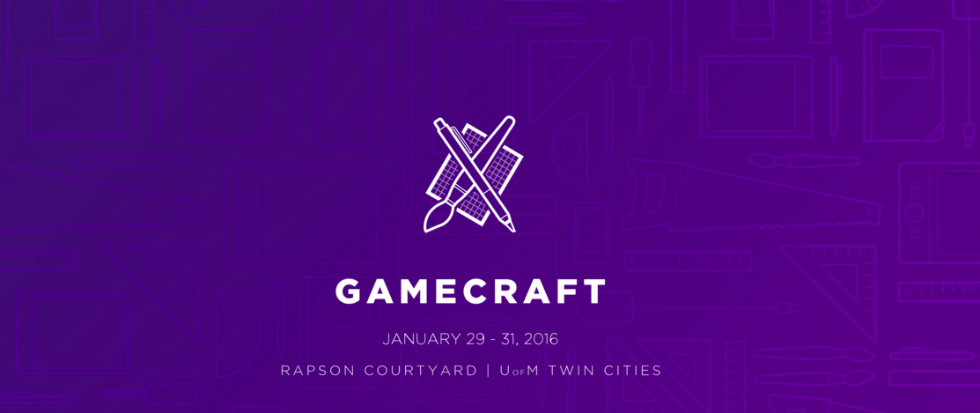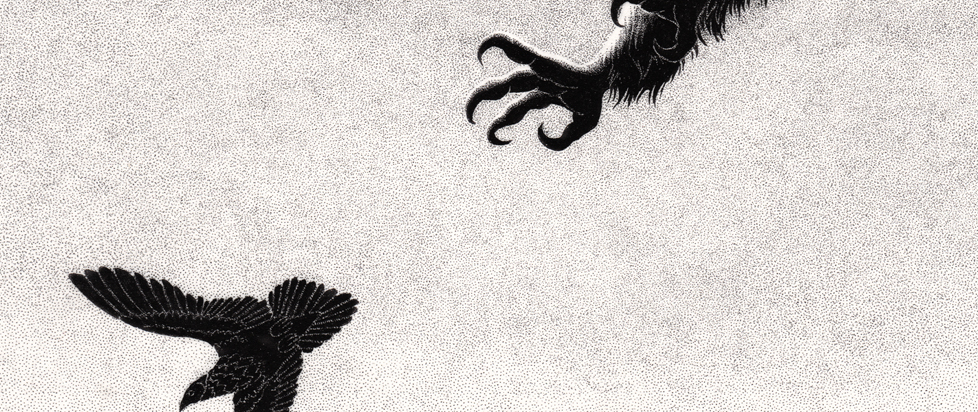Cosplay is More Accessible Than Ever

Cosplay is a fun and rewarding hobby. Many people take it up for its ability to boost their confidence, unleash their creativity, and feel a sense of community—which is why it’s no surprise that there are over 18 million cosplayers worldwide. In the US alone, over 100,000 of them attend Comic-Con, the country’s biggest cosplay event, to show off their costumes and connect with celebrities and fellow cosplayers alike.
However, the hobby often has high entry barriers. A lot of time, effort, and money goes into choosing who to cosplay, planning and creating costumes, and attending conventions themselves. That can make it especially challenging for those with physical impairments or financial constraints to dress up as the characters that inspire them the most.
If there’s one thing the cosplay community is known for, however, it’s inclusivity. Combined with the use of modern tools, resources, and technologies, it’s safe to say that cosplaying is more accessible than ever! Here are a few reasons why:
Options for glasses wearers
Visual impairments, like nearsightedness, are considered to be the ninth most common disability in American adults, making glasses among the biggest hurdles to overcome for people who want to cosplay. In fact, many cosplayers dislike them because they feel that eyewear ruins the accuracy of a costume. Fortunately, an increase in glasses-wearing characters in modern media—especially main characters like Mirabel from Disney’s Encanto and playable ones like Valorant’s Killjoy—means there are now more options for bespectacled cosplayers. That’s especially true now that they can use tools perfect for streamlining the process of selecting a character to cosplay based on their eyewear.
Sunglass Hut is one of the major retailers that offers a dedicated glasses frames for face shape matching tool. It uses face scanning technology to find models that perfectly suit one’s unique face structure, which cosplayers can then use to decide which character to dress up as. The retailer also offers an additional virtual mirror for those who want to first pick a character, then try on glasses online to see which frames are the most accurate match. With glasses now being seen as more than just a symbol of intelligence and being donned by more fictional characters—along with tools that help users find the models they need—glasses wearers now have access to a wider range of options when it comes to who they can choose to cosplay without much difficulty.
More attainable costume options
Another major challenge for cosplayers comes in the form of costume creation itself. We note in our guide to couple cosplay that this task involves gathering materials like fabric, foam, and paints, knowing how to use sewing machines, glue guns, and crafting knives, drafting a costume design, and ultimately realizing it. Depending on the complexity of your chosen costume, these processes both require a significant amount of funds and a particular range of skills, which can make it hard for even solo cosplayers to achieve the necessary accuracy—resulting in the fact that it takes an average of three months to complete a single outfit. That’s where modern resources come in to streamline the entire process and make costumes more accessible.
That starts with the costume ideation process. Even with limited design skills, cosplayers can use digital tools like Illustrator, Photoshop, or Sketchbook to draft and test their ideas. From here, over 39% of cosplayers use 3D printers to make their props, especially now that these machines are available for home use. Today, however, those who lack the resources have another option: buying ready-made costumes for their body type. Online stores like Our Procosplay now give cosplayers the choice of foregoing the process of creation by providing perfectly tailored pieces that don’t compromise accuracy and comfort, making it even easier for those without the means to make their own looks at home to access costumes before the next convention.
Accessibility in cosplay conventions
Cosplay events themselves can be challenging just to attend, especially for persons with disabilities. Physical access to a venue can be limited, while events may not be catered to those with specific impairments. That’s where the cosplay community bands together to make its spaces more inclusive. In particular, today’s event organizers go the extra mile to make conventions more accessible to a wider audience.
One great example lies in the Otakuthon’s comprehensive accessibility policy. It allows for friendly features like a designated queue for persons with disabilities and priority access to elevators, toilets, and seated events. Disabled cosplayers can also avail of an accessibility sticker, which allows for further accommodations like a human or animal companion depending on their needs. This year, the organizers behind the El Paso Comic-Con went even further by adding a dedicated sensory-friendly hour to the convention’s itinerary. It hour involved reducing noise, limiting crowds, and dimming lights throughout the venue, making it even more accessible to cosplayers with sensory sensitivities.




